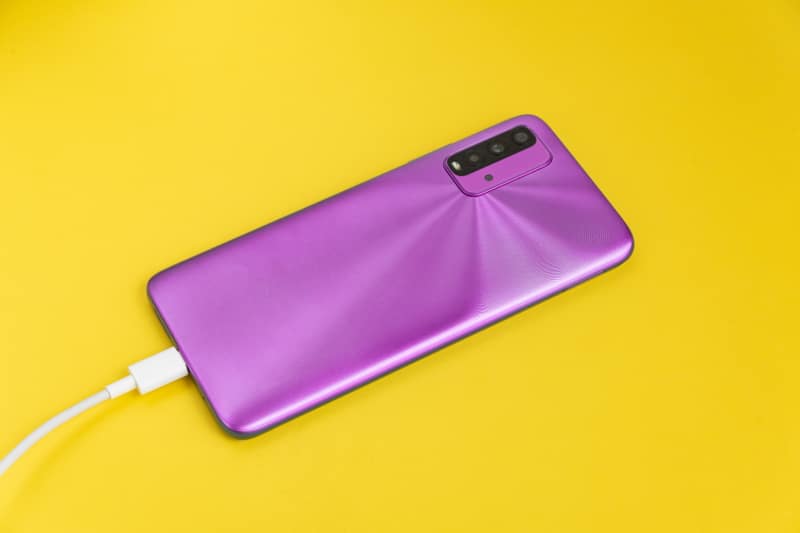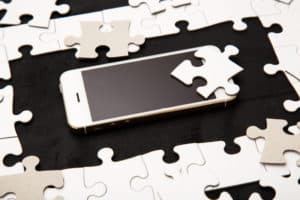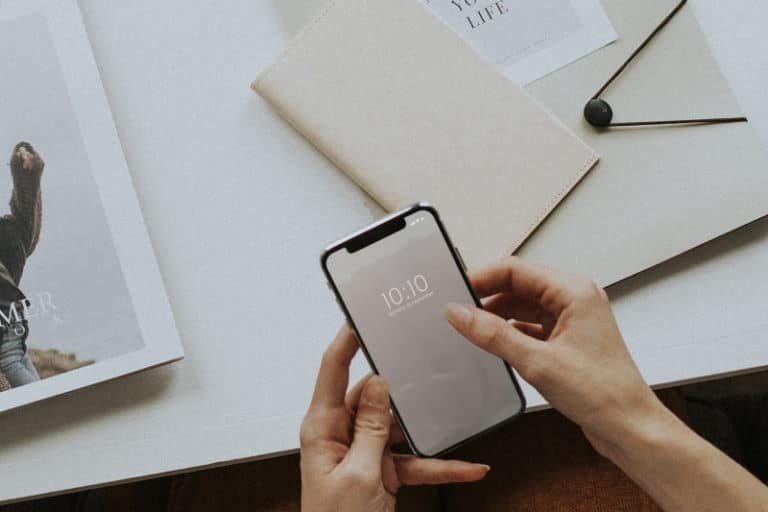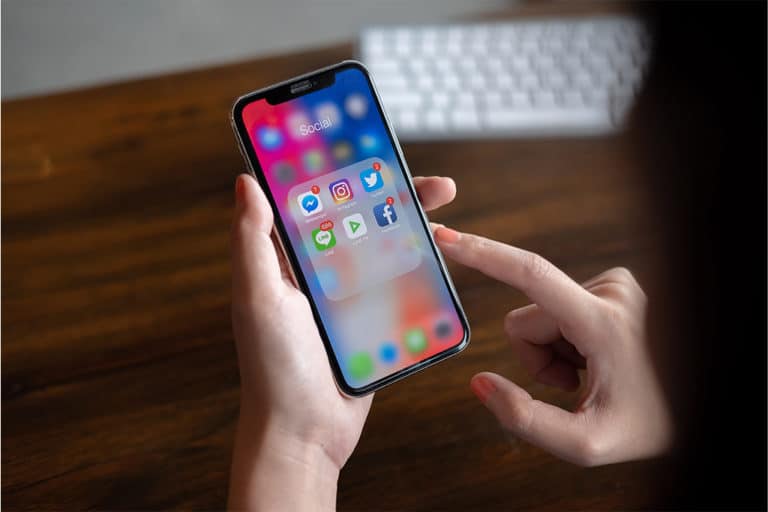It’s past time to put a stop to our preoccupation with charging capacity.
Mobile World Congress 2022 had a few fast charging product launches, as I’m sure you observed. From Oppo’s 240W SuperVooc idea to the Honor Magic 4 Pro’s 100W charging, it’s becoming increasingly uncommon to see a new smartphone announcement that doesn’t include charging power in some way. However, the sheer amount of power involved is growing to the point that commentators and customers alike are losing any sense of it. Of course, manufacturers think that we’ll buy into the ‘larger numbers must be better’ mentality, yet battery technology is so little understood, that wattage alone informs users almost nothing about charging their phone.
Whether it’s the historic megapixel wars, audio bit-depth disputes, or today’s concern with charging power, the tech industry is plagued with number obsessions. It will eventually fade into the background. But, before we can put this current craze to bed, let me tell you three compelling reasons why you should ignore the rapid charging craze.
The use of high-power charging is never long-term.

When it comes to charging, wattage is a highly arbitrary statistic to focus on, and it’s extremely easy to stretch the definition to seem better than the competitors. Because of conversion and heat loss, watts at the outlet and phone are always different. At the phone, 100W at the socket could only be 80W or less. Don’t put your faith in being able to compare stats amongst brands since you have no idea what they’re monitoring.
But, more crucially, buyers must be aware that extremely high charging power is only available for a limited time during the early charging cycle. If your battery is more than a quarter full, you won’t get the stated ultra-high power levels.
Having tried a variety of rapid charging methods from Oppo, Huawei, Samsung, and others, I can assure you that the power levels claimed in marketing materials are virtually never delivered to the phone for more than a few minutes, and increasingly even less than that.
Fast-charging phones like the OnePlus 9 Pro and Xiaomi Mi 11 Ultra, as seen in the graph above, maintain peak rates for three or four minutes. Enough to fast charge the battery to roughly 20% of its capacity before reducing the voltage to lower levels. The 80W Oppo Find X5 Pro and 45W Samsung Galaxy S22 Ultra, on the other hand, don’t even last a minute at full power. 240W phones will surely be lucky if they can maintain their peak power levels for an extended period.
Extremely high amounts of power endure just minutes, if not seconds.
As a result, manufacturers’ peak power levels tell you very little about how quickly the phone charges. Average power would be more useful, but it would be a lot lower and would not fit into the numbers marketing game. Wattage is a poor indicator to utilize. Instead, use metrics like time to 50% and time to completely charge. Even so, there’s potential for exaggeration, and these figures don’t tell you much about what happens when you plug your phone in with only a partial charge, which is a common charging practice.
Faster charging is less significant than battery capacity and lifespan.
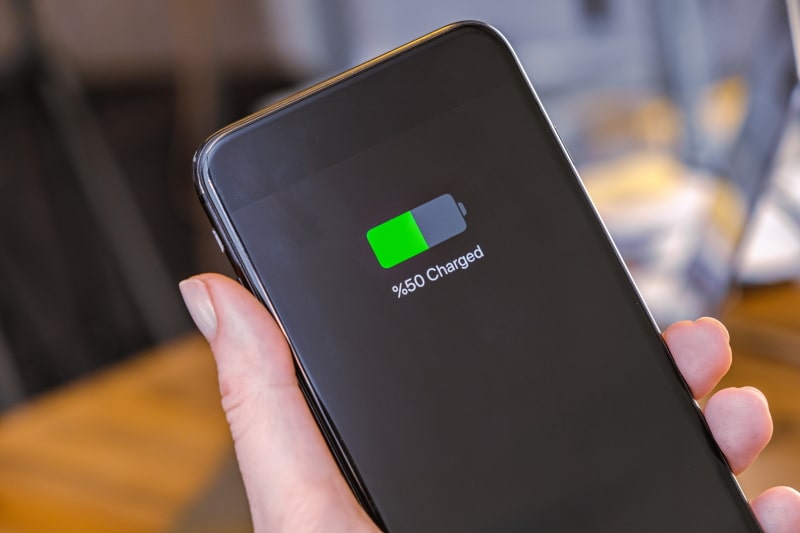
Increasing the processing power of your smartphone comes with trade-offs. For starters, severe heat and strong currents are detrimental to batteries over time and can shorten their lifespan. To address this issue, Oppo and other manufacturers claim that their fast-charging batteries would deliver 80% of their initial capacity after 800 full charge cycles. That’s a little more than two years of daily full cycles, which isn’t ideal if you expect to keep your phone for more than half a decade. Oppo’s new Battery Health Engine, which can be found in the Find X5 Pro, boosts this rating to 1,600 cycles before battery degeneration drops below 80%.
That’s more than four years of charge, which is a significant improvement. However, not every manufacturer is as forthcoming with their lifespan estimates, and less expensive solutions will almost surely fall short of the finest in the industry. Be careful what you buy.
Fast-charging batteries have a lower capacity, resulting in shorter battery life.
High C-rate batteries, which are designed to handle higher charging currents, are more costly and have a lower capacity per unit of size. To put it another way, a phone that charges faster requires more battery space. That’s valuable real estate that might be utilized for a larger camera sensor, better processor cooling, better haptics, or simply a thicker phone. That’s correct; quicker charging might also jeopardize other phone features.
That’s more than four years of charge, which is a significant improvement. However, not every manufacturer is as forthcoming with their lifespan estimates, and less expensive solutions will almost surely fall short of the finest in the industry. Be careful what you buy.
High C-rate batteries, which are designed to handle higher charging currents, are more costly and have a lower capacity per unit of size. To put it another way, a phone that charges faster requires more battery space. That’s valuable real estate that might be utilized for a larger camera sensor, better processor cooling, better haptics, or simply a thicker phone. That’s correct; quicker charging might also jeopardize other phone features.
If there isn’t enough physical room for a high C-rate battery, you’ll have to make do with a reduced battery capacity. Consider if you’d rather your phone charge 10 minutes quicker or have an extra hour of screen time. That is a question I believe we all know the answer to.
Patented technology loses out to universal standards.

One of the most significant drawbacks of super-fast charging power levels is that they are all based on proprietary technology, which means you’ll only get the quickest rates when utilizing certain plugs. While this is OK at home, it is inconvenient while traveling, charging in your car, or using a power bank.
A 100W phone may only receive 10W from your battery pack, resulting in a charge time of many hours rather than minutes to reach 50% capacity.
Manufacturers are progressively producing proprietary connectors compatible with USB Power Delivery and Quick Charge devices. As a result, your 150W SuperVooc plug will work to charge your phone and USB-PD laptop. However, not all manufacturers adhere to these guidelines, and this does not solve issues such as delayed battery pack charging.
Fragmentation isn’t helpful for the tech ecosystem as a whole in the end. When universal standards are easily available, consumers should not have to break out the correct plug for the right item. After all, one of the main motivations behind USB-C was to eliminate the complexity of proprietary standards and provide customers with simple, plug-and-play experiences. Similarly, e-waste is on the rise, and old chargers contribute considerably to landfills. Adding to the dilemma are proprietary chargers that you may not be able to use after you upgrade your smartphone.
This isn’t to suggest that quick charging isn’t a useful function for current smartphones; after all, no one wants to wait all day for their phone to charge again. However, you don’t need 100W of electricity, much less 240W, to be back on your feet in a matter of minutes. Consumers should be made more aware of various seldom addressed downsides of fast-charging technologies, such as those discussed below, to make more informed purchase decisions. It’s time to put a stop to our obsession with high statistics and concentrate on what matters most: the whole consumer experience.

